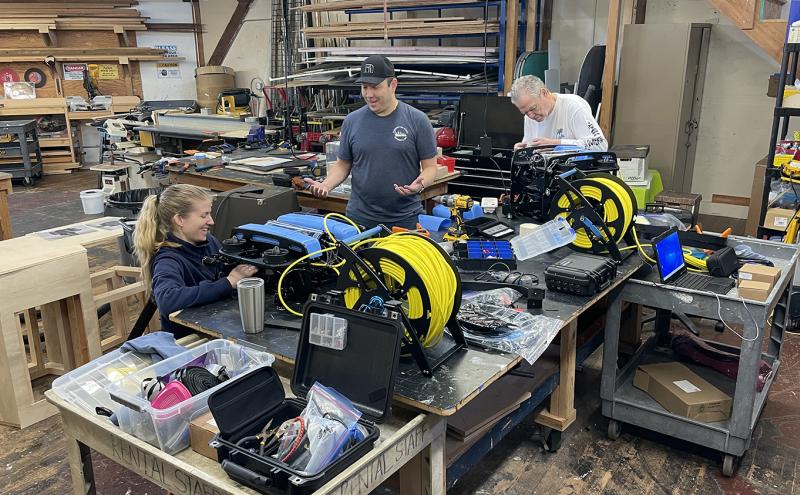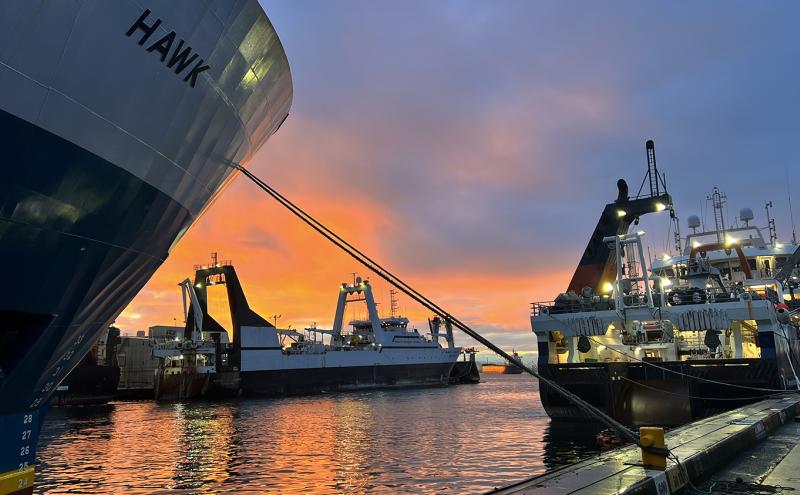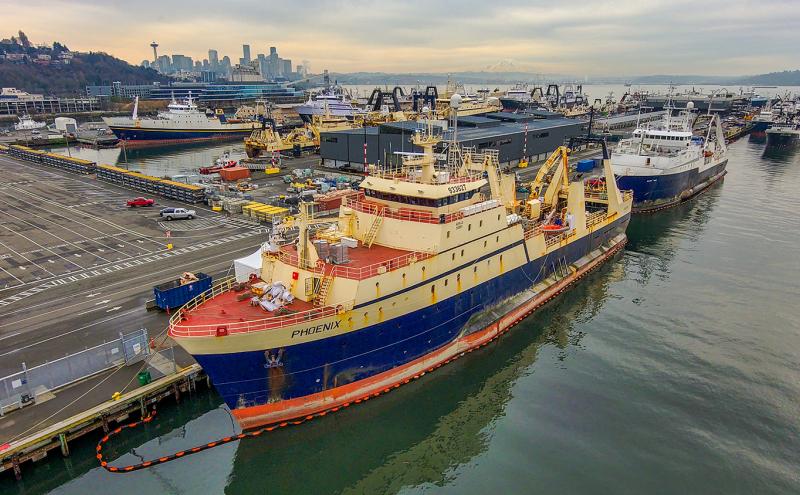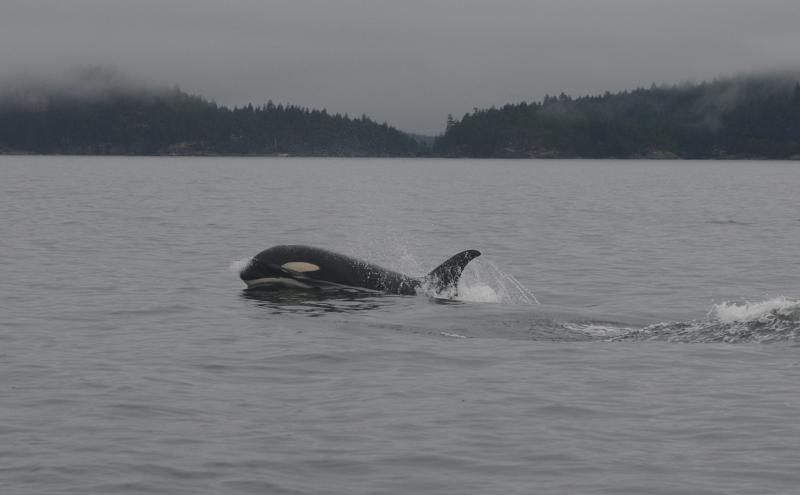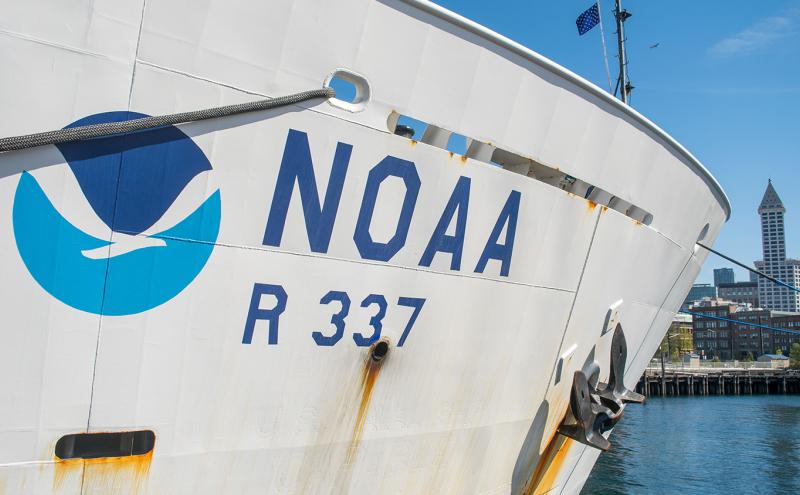
A gigantic jellyfish floats deep in the ocean, upside down with her young brooding on her underside. A dumbo octopus inhabits the deepest ocean waters, flapping its ear-like fins as it forages for its next meal. There's a whole deep-sea world that has been largely inaccessible to humans for centuries. Modern remotely operated vehicles (ROV) and other technology allow scientists to investigate the deep-sea environment in areas that are too deep for humans to safely dive themselves.
The 224-foot National Oceanic and Atmospheric Administration (NOAA) ship Okeanos Explorer, the only federal ship dedicated to deep-ocean exploration, uses technology to collect data and investigate previously unexplored waters ranging from 250 to 6,000 meters (820 to 19,700 feet) deep.
Although Okeanos Explorer has a permanent berth in Newport, Rhode Island, it conducts expeditions around the globe aimed at discovery and the advancement of knowledge about the deep ocean. Locations and research on ship expeditions are planned with input from partners and stakeholders, with the goal of providing data that will benefit NOAA, the scientific community, and the public.
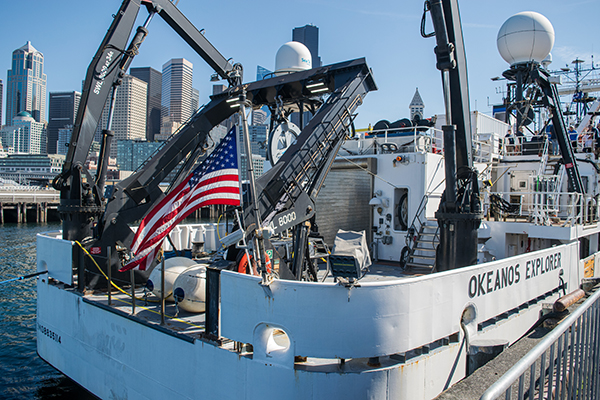
It made a stop at the Port of Seattle’s Terminal 46 earlier this year after exploring some of the deepest parts of the ocean off of the Pacific Northwest coast, and before it embarked on its next expedition – studying the unexplored and poorly understood areas offshore Alaska with a particular focus on the Aleutian Islands, Gulf of Alaska, and Aleutian Trench.
Here’s a little bit more about who’s on the ship, what can be found on the ship, and types of research performed.
Who is on board the ship?
There are up to 50 people on board the ship at a given time, which can include:
- 6 to 7 NOAA Corps officers that operate the ship
- 14 members of the Global Foundation for Ocean Exploration, a NOAA partner that maintains and pilots the ROVs on the ship
- 2 to 8 scientists that specialize in deep ocean-related subjects such as exploration, seafloor mapping, marine biology, geology, and minerals
What is on the ship?
- A control room where crew members operate the ROVs and conduct mapping operations
- A wet lab and dry lab for dissections and preservation
- Sleeping quarters with two to four bunks in each room
- A galley for eating with couches and a television
- A gym to keep staff fit and healthy on board
- Technology that allows for data collection, ocean mapping, and telecommunications (more on that below)
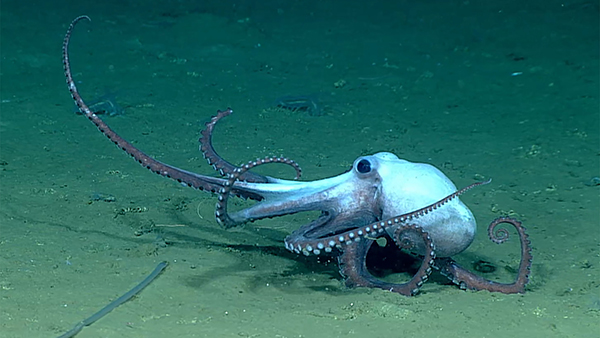
What kinds of research are performed on the ship?
- Using multibeam sonar to map the seafloor
- Collecting samples of marine life and geology from the seafloor
- Studying sediments from the seafloor
- Studying the Cascadia Margin fault on the seafloor
- Identifying geological structures that exist on the seafloor
- Identifying new species in deep ocean depths
- Recording new behavior from previously discovered species
Read on to learn more about the technology on Okeanos Explorer that is fueling the research and connection with communities, schools, and other scientists.
Sparking connections
Studying complex ocean environments often requires the expertise of scientists not physically on the research vessel. A VSAT (very small aperture terminal), shaped like a large dome, allows the team on Okeanos Explorer to communicate and send and receive data over a satellite communication network located 36,000 kilometers (23,300 miles) in orbit above the equator. Through this connection experts around the world are able to participate in research activities on Okeanos Explorer.
The VSAT is also essential in facilitating education and engagement between the team on the ship and the public, schools, and communities. The satellite connection allows real-time interactions and the opportunity for anyone to follow and observe expeditions as they are underway.
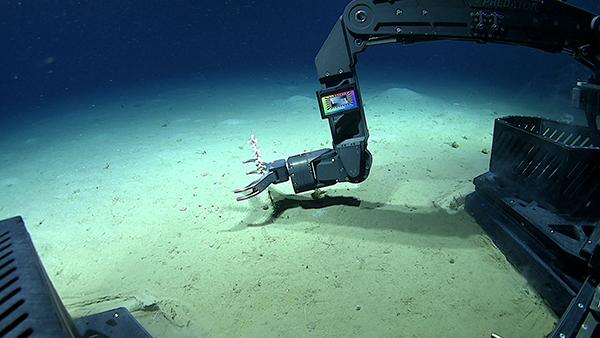
Analyzing seawater
Okeanos Explorer scientists seek knowledge about the physical, chemical, and biological properties of seawater at different depths in a particular geographic location. A tool called a CTD (which stands for conductivity, temperature, and depth) allows them to do this.
To collect water samples, a CTD is connected to a larger metal water sampling array known as a rosette, which is lowered into the water through a cable. Bottles used for water sampling are attached to the rosette, collecting water samples at specific depths that are returned to the surface for analysis.
Researchers also use the CTD rosette and ROVs to collect environmental DNA (eDNA), or genetic material shed by organisms at different ocean depths. By collecting samples of mucus, feces, or tissue particles, scientists can make discoveries and access information such as:
- Species present in a geographic location
- Biodiversity of the area
- Presence of any invasive or endangered species
- Characterize an organism’s role in the area’s food web and ecosystem
Eye on the deep ocean
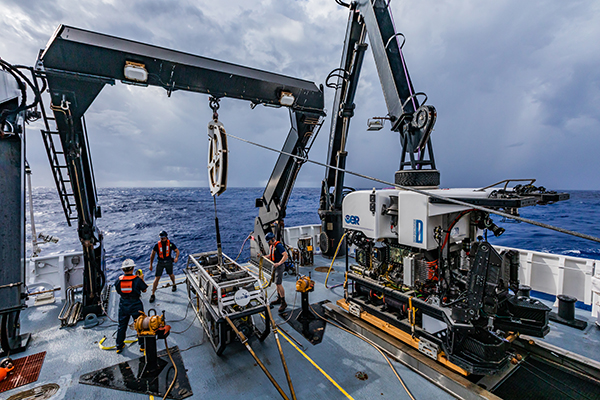
During some expeditions, Okeanos Explorer is equipped with two ROVS used in tandem – Seirios and Deep Discoverer – underwater machines used to explore ocean depths while being operated by someone on the ship.
Seirios is tethered via a cable to Okeanos Explorer and then is further tethered to Deep Discoverer. This cable provides power to the ROVs as well as a pathway for data transfer between the vehicles and the ship.
Together these ROVS allow an unobstructed look at the seafloor and the sea life that inhabit the area.
Seirios
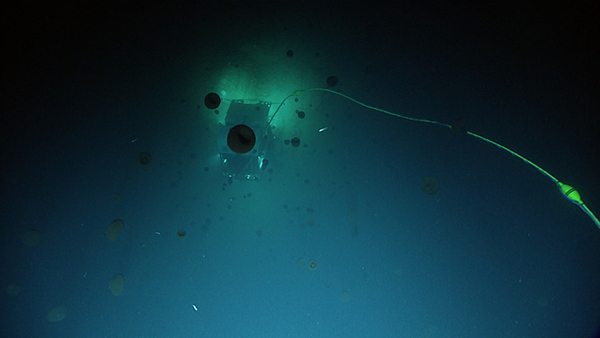
As the name suggests, Seirios illuminates the dark ocean and provides a wide-angle view from above for its counterpart ROV, Deep Discoverer.
Seirios is equipped with the following parts:
- A scanning 360-degree sonar and a series of cameras, including one high-definition camera and several standard-definition cameras
- Three rear-mounted LED light banks aimed forward and down to illuminate Deep Discoverer from above
- Sensors similar to those on Deep Discoverer that measure conductivity, temperature, dissolved oxygen, depth, and more
Deep Discoverer
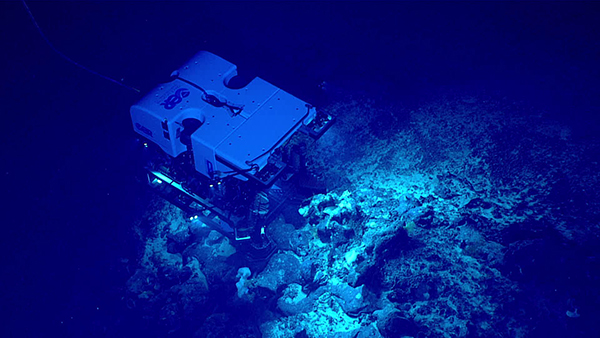
Deep Discoverer can dive to depths of 3.7 miles (or 6,000 meters) below the surface of the ocean.
Deep Discoverer is equipped with:
- A high-definition video camera that can zoom in on a three-inch-long (7.6-centimeter-long) organism from 10 feet (3 meters) away
- 28 LED lights to illuminate the dark ocean depths
- Equipment to gather samples, including two manipulator arms, rock and bio storage boxes, Niskin bottles for water collection, a rotary suction sampler with jars for collecting delicate biological samples, and a variety of sensors
Learn about Okeanos Explorer’s current expedition
Photo credit: National Oceanic and Atmospheric Administration (NOAA)

